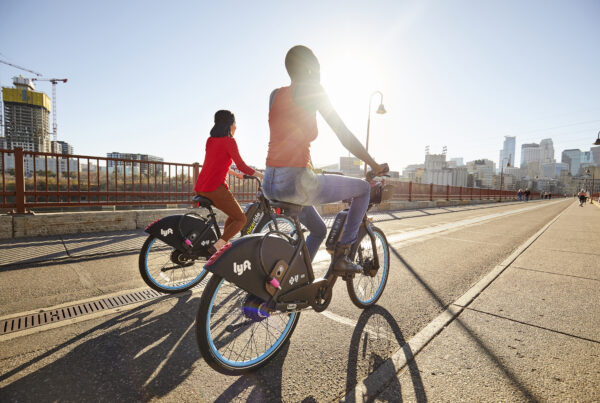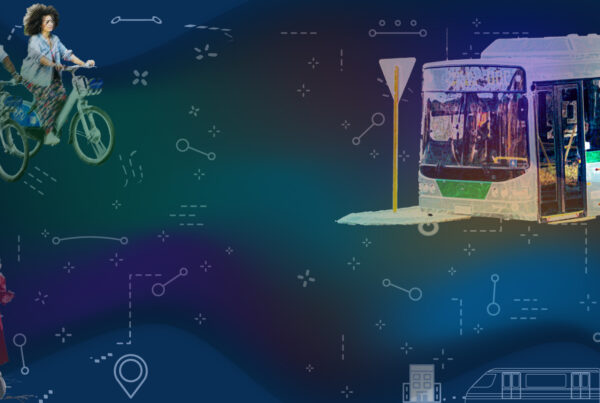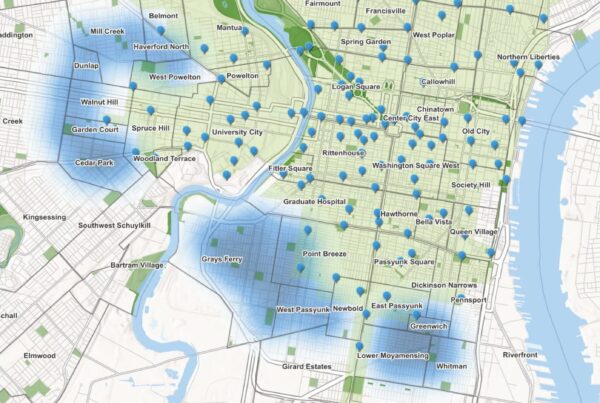Research by the Transportation Sustainability Research Center | September 3, 2009
Abstract:
Energy consumption could be reduced if more people shared rides rather than driving alone, yet carpooling represents a small proportion of all potential carpoolers.
Prior research has found that many who might carpool were concerned about reduced flexibility with carpooling. If flexibility is one of the barriers, how could carpooling be organized to be more flexible?
In Northern Virginia a flexible system has evolved where there are 3,500 single-use carpools per day. In another example, there are 3,000 single-use carpools per day in a system in San Francisco. In both cases riders stand at the equivalent of a taxi stand for carpoolers and there is no requirement for pre-arrangement to create the carpool. Drivers who would typically be driving alone pick up riders and qualify to use the high occupancy vehicle lane (HOV3+, driver plus at least two passengers), thus helping traffic flow a little more freely. These two systems are estimated to save almost three million gallons of gasoline per year because of the impact they have on the rest of the traffic.
The logical flow of this paper is to describe flexible carpooling and 1) explore the economics at a personal level, 2) determine the likely use by individuals (it would), 3) explore the economics at a route level to determine societal benefits (it is), and 4) finally explore the validity of institutional barriers that might be raised.



